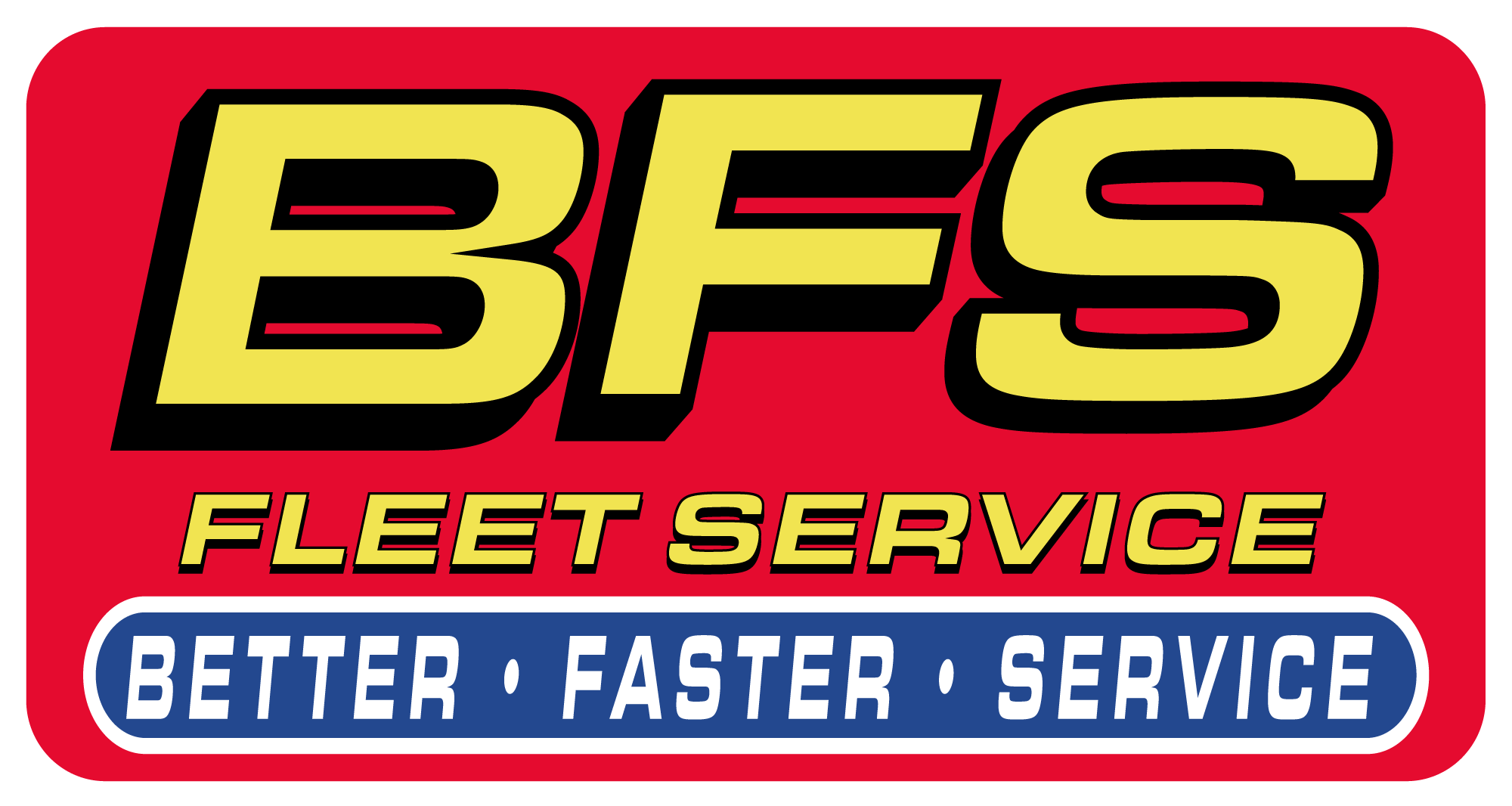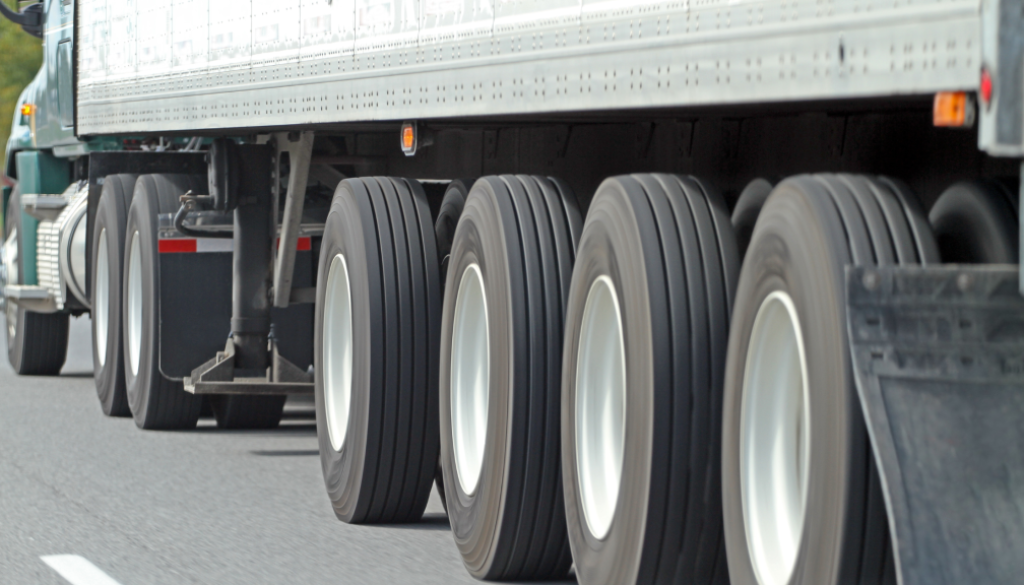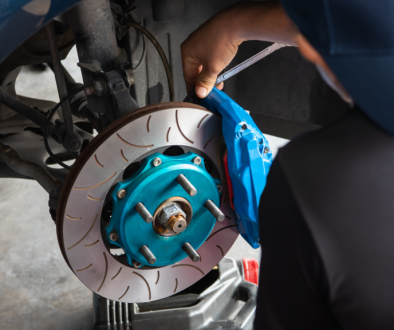For fleet managers and truck operators, maintaining vehicle health goes beyond routine maintenance. One critical aspect that often gets overlooked is truck alignment. Whether you’re managing a small fleet or a large one, ensuring that your trucks are properly aligned can significantly impact both your operational efficiency and bottom line.
In this article, we’ll dive into the importance of truck alignment, explore how misalignment can affect your fleet, and offer actionable advice on maintaining and troubleshooting alignment issues. We’ll also share case studies that demonstrate the real-world impact of alignment maintenance. By the end, you’ll have the knowledge and tools to keep your trucks running efficiently, saving both time and money.
What Is Truck Alignment?
Truck alignment refers to the adjustment of a truck’s wheels and suspension system to ensure that they are set to the manufacturer’s specifications. Proper alignment helps distribute weight evenly across the tires and ensures that the truck tracks straight.
Why Is Truck Alignment Important?
Alignment plays a pivotal role in the overall performance and safety of a truck. Here’s why you should prioritize it:
1. Increased Tire Life
One of the most significant benefits of proper truck alignment is extended tire life. When wheels are misaligned, it causes uneven tire wear. Over time, this results in the need for premature tire replacements, which can be costly for fleet operators. Regular alignment checks can prevent this issue and save you money on tires.
2. Improved Fuel Efficiency
When a truck is misaligned, it creates more rolling resistance, causing the engine to exert itself and consume additional fuel. For fleets with multiple trucks, this additional fuel consumption can add up quickly. Ensuring proper alignment can lead to substantial fuel savings.
3. Enhanced Safety
A misaligned truck can cause it to pull to one side, making it harder to control, especially under certain weather conditions. This can lead to accidents or hazardous situations on the road. Proper alignment ensures that the truck stays on course, keeping your drivers safe.
The Mechanics of Truck Alignment
Truck alignment isn’t just about visual adjustments; it involves a precise set of technical steps that help ensure the truck is operating at its best. Here’s an overview of the alignment mechanics:
1. Camber
Camber refers to the tilt of the wheels relative to the vertical axis of the vehicle. If the wheels tilt inward or outward, it can cause uneven tire wear and affect handling.
- Positive camber: The top of the tire tilts outward. This can cause the tire to wear on the inside.
- Negative camber: The top of the tire tilts inward, causing wear on the outside.
2. Caster
When looking at a truck from the side, caster is the angle of its steering pivot point. It affects steering control, stability, and alignment. Misaligned caster angles can make steering more difficult or create a feeling of instability on the road.
3. Toe-In and Toe-Out
Toe refers to the alignment of the wheels in relation to each other. Ideally, the wheels should point straight ahead. However, slight deviations can occur:
- Toe-in: When the front of the wheels point toward each other.
- Toe-out: When the front of the wheels point away from each other.
Incorrect toe settings can cause tires to wear unevenly and reduce fuel efficiency.
Diagnosing Misalignment
Now that we understand the mechanics, let’s take a closer look at the common signs of misalignment that fleet operators should watch for:
1. Uneven or Rapid Tire Wear
If you notice that your truck’s tires are wearing unevenly, it’s a sign that the alignment is off.
2. Steering Wheel Vibration
A vibrating steering wheel can indicate a misaligned front axle or a problem with the truck’s suspension system.
3. Pulling to One Side
If your truck pulls to the left or right even when you are driving straight, it could be due to misalignment.
Maintaining Proper Alignment
- Regular Inspections: Schedule regular alignment checks as part of your routine maintenance.
- Drive Carefully: Avoid sudden turns, rough roads, and excessive speed.
- Check Suspension: Misalignment can sometimes be caused by worn suspension components.
Prioritize Truck Alignment for Long-Term Savings
Truck alignment is not just a small adjustment—it’s a crucial part of fleet management. By ensuring that your trucks are properly aligned, you can significantly reduce costs related to tire wear, fuel consumption, and safety issues.
FAQs
1. How often should I check my truck’s alignment?
It’s recommended to check alignment every 25,000 to 50,000 miles, or annually.
2. Can I align my truck by myself?
While it is possible to perform some alignment checks yourself, it’s best to rely on a professional technician.
3. What are the most common signs of misalignment?
Common signs include uneven tire wear, steering wheel vibrations, and the truck pulling to one side while driving.
4. Can misalignment affect my fuel economy?
Yes, misalignment increases rolling resistance, forcing the engine to work harder and consume more fuel.
5. How much does truck alignment cost?
The cost of alignment typically ranges from $75 to $150 for light-duty trucks. For heavy-duty trucks, it may be more expensive.




